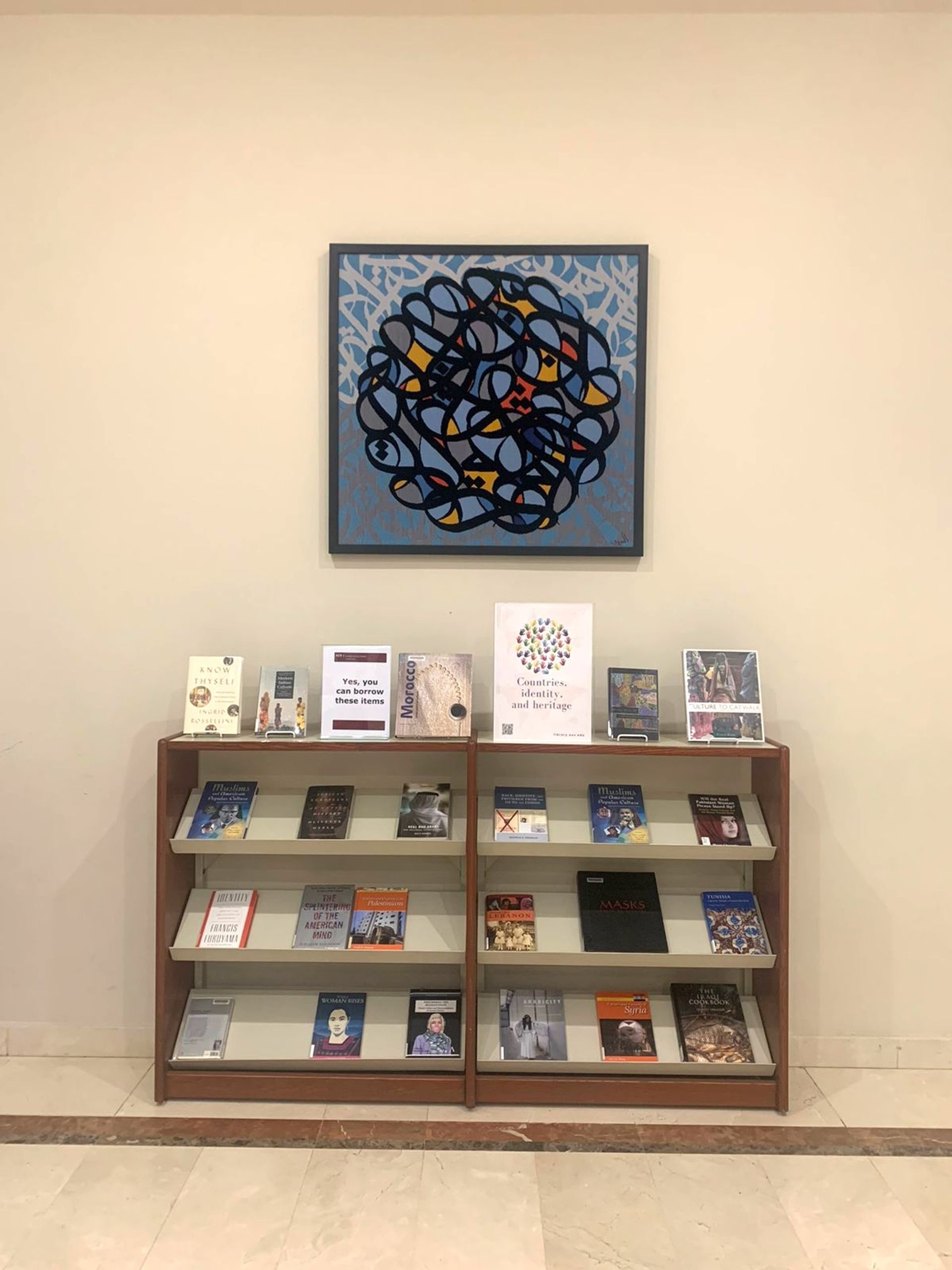The owner of one of the world's largest private collections of Modern and contemporary Arab art is looking for new temporary homes in which to exhibit his holdings. Sultan Sooud Al Qassemi, the founder of the Sharjah-based Barjeel Art Foundation (BAF), published a call out on social media on Thursday 9 May, writing: “Any cultural institutions or public buildings in the United Arab Emirates (UAE) interested in displaying artworks from the Barjeel collection in their premises on a medium to long-term basis (three years plus) please reach out to us in order to discuss.”
The BAF collection now encompasses 1,800 works—and counting. Al Qassemi and his team are strategically researching and sourcing forgotten work by Arab Modernists so as to create a fuller picture of Middle Eastern and North African art history. Al Qassemi is also focusing on purchasing works by female Arab artists so as to redress the gender imbalance found in art historical textbooks and exhibitions. Recently acquired works include The Loom Maker (1980s) by the Libyan artist Mohammed Al Ghariani and Heritage in Modern Colours (1970) by the Palestinian artist Emily Fanous Azar.
Works from the BAF collection that are not on loan are currently held in storage warehouses in Sharjah. Al Qassemi recently acquired another unit that is being fitted out to make it suitable for storing art.
“Storage facilities have to be built to high and exacting standards, especially when you take into consideration the UAE’s weather conditions with the heat and humidity, and the recent rain. All these things make you think twice when it comes to renting new facilities,” he says.
Al Qassemi is also keen for the works to be accessible. “There are some artworks that we haven't shown in 10 or 15 years. I would rather have these works see the light and be seen by people,” he adds.
The BAF is already very active in lending works for temporary exhibitions (currently it has almost 100 works on loan, including 14 works to the Venice Biennale‘s international exhibition), and it also has a history of organising long-term loans. The foundation has 29 works currently on view at the Permanent Mission of the UAE to the United Nations in New York; 21 on view at the American University of Sharjah’s library, in Sharjah; and one on display at each of the Sharjah Museum of Islamic Civilization and the Art Institute of Chicago. Since 2018, meanwhile, the BAF has a partnership with Sharjah Art Museum, which involves a rolling display of works from the collection in one of the museum’s wings. The current exhibition includes 122 works: 68 by women and 54 by men.

A work by the French Tunisian artist el Seed from the collection of the Barjeel Art Foundation, Sharjah, on view at the American University of Sharjah Library
Courtesy of Barjeel Art Foundation, Sharjah
Within hours of posting his call out for willing host venues online, Al Qassemi received a request from a library in Dubai, and hopes more will follow. There is a preference, he says, for institutions in the UAE so that works can easily be recalled and swapped out if they are requested for museum shows. Al Qassemi is also keen for those requesting loans to select works that connect with the space they are displayed in, as they have done in the past—for example, Mahmoud Hammad’s Islamic Scientists (1988), lent to the Sharjah Museum of Islamic Civilization, is installed in the Ibn Al Haitham Gallery of Islamic Science and Technology.
Al Qasimi would like to see at least 400 of the 1,800 works out on public display at any one time. In the meantime, he is building a pavilion in the garden of his house in Sharjah—where he hosts people regularly—to act as a mini gallery. “It will just be a small space to hang 40 or 50 works, for me to enjoy and to show to guests when they visit,” he says.


